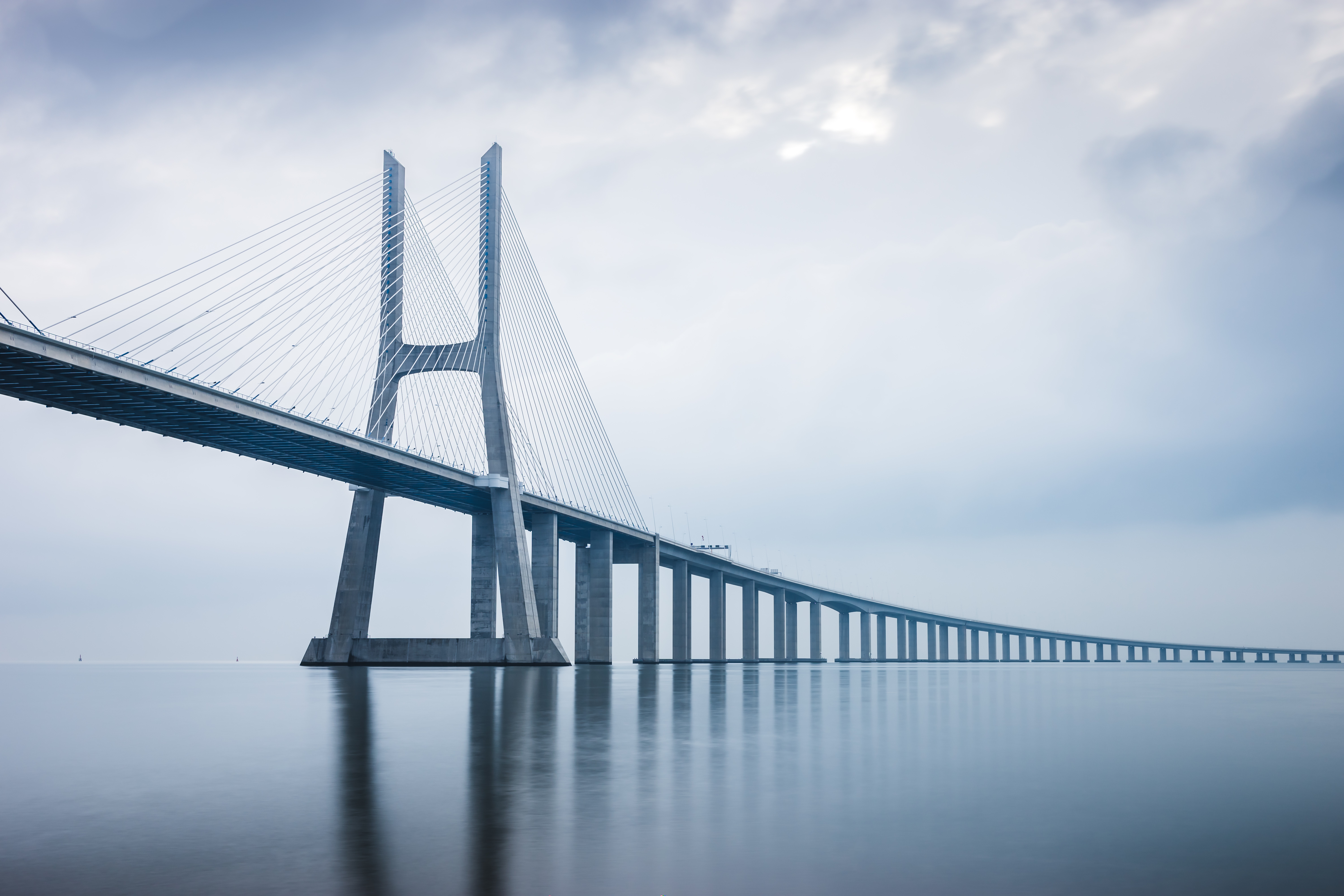Using piezoresistance to monitor fatigue in metal structures

Metal structures exposed to cyclic loading, including aerospace structures, bridges, and vibrating machinery, are susceptible to fatigue cracking. Monitoring fatigue cracks in metal structures is thus critically important for preventing failure by making repair decisions before a crack reaches its critical length, leading to fracture.
In the United States, an estimated 3% of the gross national product is spent on replacing, repairing, inspecting, and/or monitoring fatigue damaged structures. Conventional fatigue repair techniques, including drilling crack-stop holes, adding bolted steel plates, and adhesively bonding fiber-reinforced polymer (FRP) sheets, often fail to reliably arrest a fatigue crack, and may result in crack re-initiation, which may trigger catastrophic failure.
MCET has designed a CNT-based sensor that is flexible and can thus be utilized for a wide range of fatigue sensitive details found in a variety of structures. In recent tests (2020), a cycle-by-cycle relationship between the response of the CNT-based fatigue sensor and crack length was used to evaluate our patented sensors. The loading protocols employed in the these tests were able to simulate real-life crack growth scenarios that include near-threshold crack propagation and crack re-initiation scenarios. The calculated crack lengths in these tests were verified with those found from forensic investigations of the fatigue-fractured surface. The tests demonstrated that our CNT fatigue crack sensor allows monitoring of metal fatigue cracks continuously and in real time. They also indicated the sensors were robust and did not give false positive readings under near-threshold crack propagation conditions, i.e., where the crack is quasi-stationary. Furthermore, the proposed sensor is able to detect re-initiation of a crack even before it has reached the surface of the member.
More info listed on: Performance Evaluation of a Carbon Nanotube Sensor for Fatigue Crack Monitoring of Metal Structures (Sensors- July 2020)
%20Final%20(2).png?width=670&height=375&name=M-CET%20_Logo(s)%20Final%20(2).png)